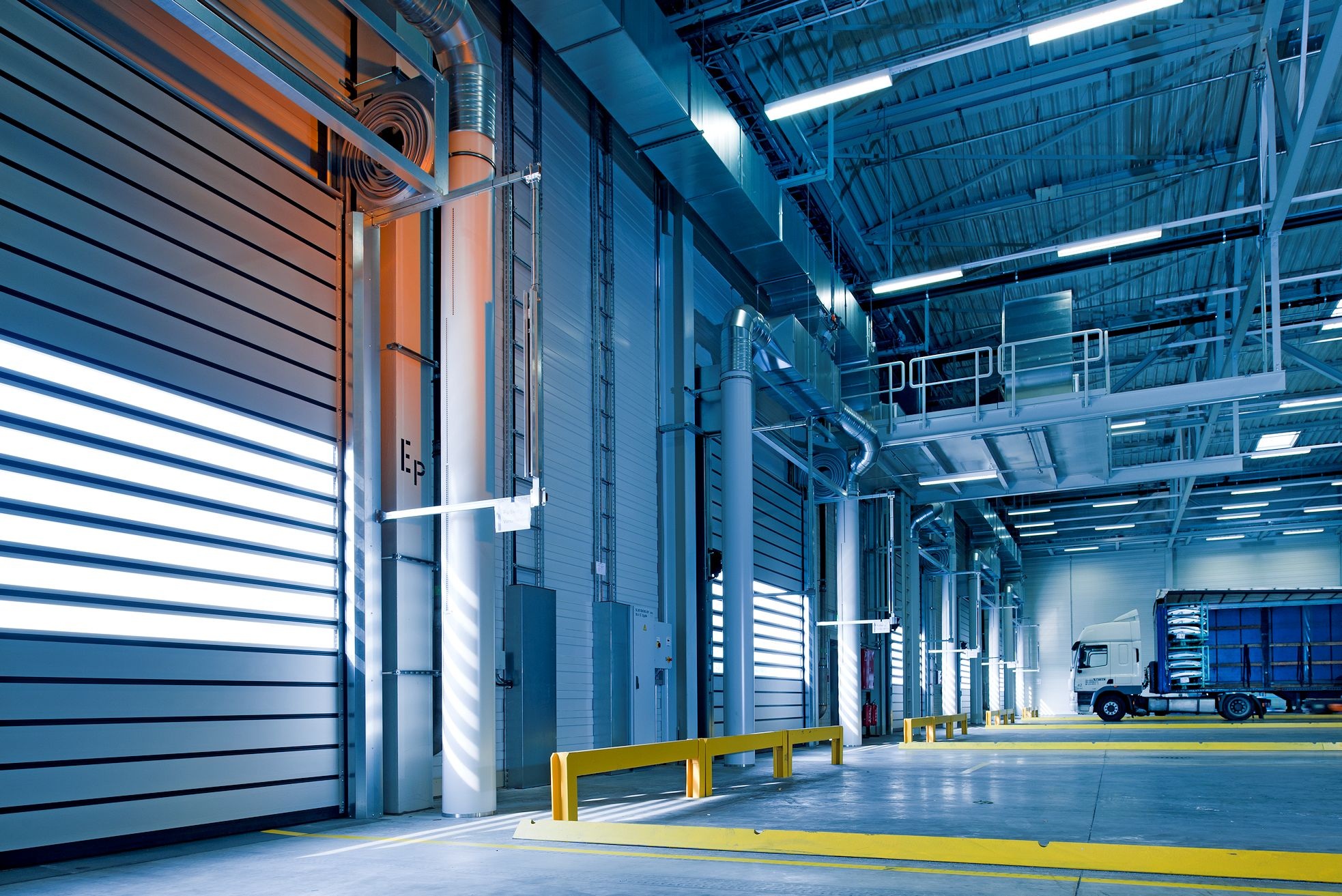5 Things to Consider When Selecting a Warehouse
There are so many important factors that should be considered when searching for warehouse space. Your business will have unique warehousing needs and it can sometimes be daunting to sift through all the industrial lingo and sales pitches just to find the right space for your business. Here are five things you should consider when selecting a warehouse.
How Old is the Warehouse?
The secret to a quality warehouse is finding one that balances both old and new features. The ideal warehouse space will have weathered a good amount of time to showcase its stability but is also implementing new technology to make processes flow more efficiently. You want to avoid warehouses that are too old where the building can be deemed an antiquated relic and not too new where there are still working issues that need to be smoothed out.
How Large is the Space?
Take into account exactly how much space you will need for your warehousing needs. You should compare the size of the facility you are looking at and take into account the number of employees that will be working in the space. This will ensure you have the right fit for the kind of operation you are running. Too large a warehouse and you will be spending money on space you don’t need. Too small a space and your productivity will suffer.
What Layout Do You Need?
It is vital that you inspect the building plans thoroughly before you make a decision on warehouse space to ensure that your layout will fit within that space. Older warehouses often lack the necessary space for modern material flow. Large columns and ceiling heights can limit the goods and stock that will fit in the warehouse and this will affect the flow of materials coming in and products going out.
Is It the Right Location?
Warehouses in remote and rural areas may cost less, but this can sometimes result in spending more. Think about what mode of transportation you use to transport your products. Is it via train, truck, air or sea? As much as 20% of costs can be dedicated to transportation costs, so you need to make sure that the warehouse is strategically located to minimize expenses. You should also consider how easily accessible the warehouse is for employees and for consumers. If you regularly send things by rain, being 30 miles away from a station will significantly add costs to your distribution. Selecting a warehouse in the middle of nowhere could hinder you. Now that robots and automation have entered the picture, companies have started to transition their warehouses into urban areas since they can utilize smaller spaces since fewer workers will be needed.
What Technology Can Be Implemented?
Technology is making waves in industrial real estate. Before you purchase or lease warehouse space, find out what kind of Warehouse Management System it can support and what type of handling equipment it is suitable for. You may find that you need to find a Warehouse Managing System with more advanced features to minimize human error when picking, loading and dispatching products.




